Brazilian Rainbow Boa

here is some information about the Brazilian rainbow boa:
The Brazilian rainbow boa (Epicrates cenchria cenchria) is a medium-sized boa species endemic to Central and South America. It is known for its attractive iridescent/holographic sheen caused by structural coloration. Five subspecies are currently recognized, including the nominate subspecies described here. Brazilian rainbow boa for sale
Brazilian Rainbow Boa snake
Adults typically reach lengths of 4-6 feet, with females being slightly larger than males. They have a brown or reddish brown body with three parallel black stripes on the top of the head and large black rings down the back that give the appearance of dorsal blotches. The round lateral blotches are black with an orange or reddish crescent across the top.
Brazilian rainbow boas are nocturnal and spend most of their time in trees. They are semi-arboreal snakes and are excellent climbers. They are also good swimmers and will often take dips in water.
Brazilian rainbow boas are carnivores and their diet consists of small mammals, birds, and lizards. They are constrictors and will kill their prey by wrapping their bodies around it and squeezing until it suffocates.
Brazilian rainbow boas are not considered to be aggressive snakes, but they can be shy and skittish. They are not the best snakes for beginners, but they can make good pets for experienced snake owners.
If you are considering getting a Brazilian rainbow boas for sale, be sure to do your research to make sure that you are prepared to provide the proper care. They require a large enclosure, a heat lamp, and a humid environment. They also need to be fed live prey, which can be a challenge.
However, if you are willing to put in the time and effort, Buy Brazilian rainbow boas can make fascinating and rewarding pets.
The skin of this soft-skinned boa is stunning and iridescent. The scales’ minute ridges refract light like prisms, giving the appearance of a rainbow of colors. Brazilian rainbow boas are brown or reddish brown snakes with big black rings running down their backs that resemble dorsal blotches and three parallel black stripes on the top of their heads. how to care for a brazilian rainbow boa
The top of the round, black lateral blotches has an orange or reddish crescent.
This species exhibits a lot of variety in both color and markings. Due to the internal hemipenes, the males’ reproductive organs, adult males have notably larger spurs along the side of the vent and noticeably thicker bases of their tails. hemipenes that were invaded.
Brazilian rainbow boas are a medium sized, round-bodied terrestrial boa and range from 4 to 6 feet (1.2 to 1.8 meters) in length. The head is not particularly large, but it is distinctly wider than the neck.
Native Habitat
The Brazilian rainbow boa is found in the Amazon River basin, coastal Guyana, French Guiana, Suriname and southern Venezuela. A primarily terrestrial boa, the Brazilian rainbow boa lives in humid woodland forests and can sometimes be found in open savannas.
Food/Eating Habits
In the wild, their diet consists of rodents, birds and possibly some forms of aquatic life and lizards. Like other boas, the Brazilian rainbow boa is non-venomous. To capture and consume meals, they ambush and constrict their prey. At the Smithsonian’s National Zoo, they are fed rats.
Reproduction and Development
Sexual maturity in Brazilian rainbow boas is determined by length rather than age. Males may breed at 4 feet (1.2 meters) and females at 4.5 feet (1.4 meters); they usually reach these sizes between 2.5 to 4 years of age. Gestation lasts about five months. A typical litter contains 12 to 25 babies. Rainbow Boa for sale
Baby Brazilian rainbows live in litters of two to 35. The babies are usually 15 to 20 inches (38 to 50 centimeters) long. Yearlings often grow to 36 to 40 inches (91 to 101 centimeters). Females eat more
Fast Facts
- Description
- Compared to other snakes, the Brazilian rainbow boa is a medium-sized snake. Its color ranges from red to orange to mahogany brown with a dark ring pattern down the dorsal (back) surface and dark spots along the sides. Its scales are iridescent, especially after shedding.
- Size
- Approximately 1.5-2.1 m (5-7 ft)
- Weight
- No data
- Diet
- Feeds on a variety of warm-blooded vertebrates
- Incubation
- 8-12 weeks
Females are ovoviviparous – the young develop in eggs that the female retains inside her body.
Clutch Size: 2-35 live young; 37.5-50 cm (15-20 in) long - Sexual Maturity
- 2-4 years
- Life Span
- Up to 20 years
- Range
- Central and South America; Southern Venezuela, Guyana, and Surinam south through Amazon Basin
- Habitat
- Found in rivers and drainage areas
- Population
- Global: No data
- Status
- IUCN: Not listed
CITES: Appendix II
USFWS: Not listed
Fun Facts about Brazilian Rainbow Boa
- Like all snakes, boas are excellent swimmers, but they usually avoid going into the water as much as possible.
- Boas are considered primitive snakes, differing from other species by having two vestigial, or remnant, hind limbs. These vestigial limbs appear as spurs on either side of the cloaca.
- Boas have special pits on their face that allow them to detect heat. This is very important because these snakes are nocturnal hunters that use this ability to find warm-blooded prey at night.
Ecology and Conservation
Rainbow boas are one of the most sought after exotic snake for the pet trade because of their iridescent skin. Over collection and rainforest destruction for agriculture, ranching, and development has significantly decreased their populations.
Boas are very important in controlling rodent populations, which, when in excess, can have a serious deleterious effect on the environment.



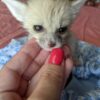






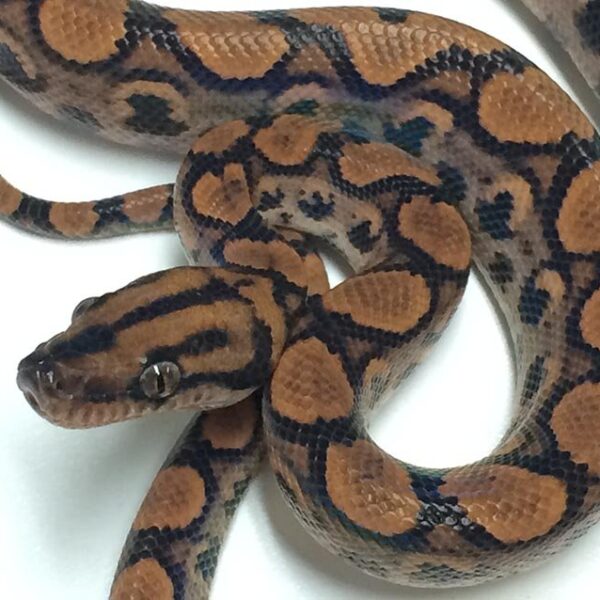

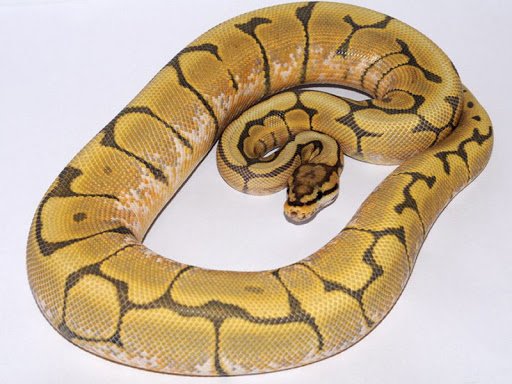
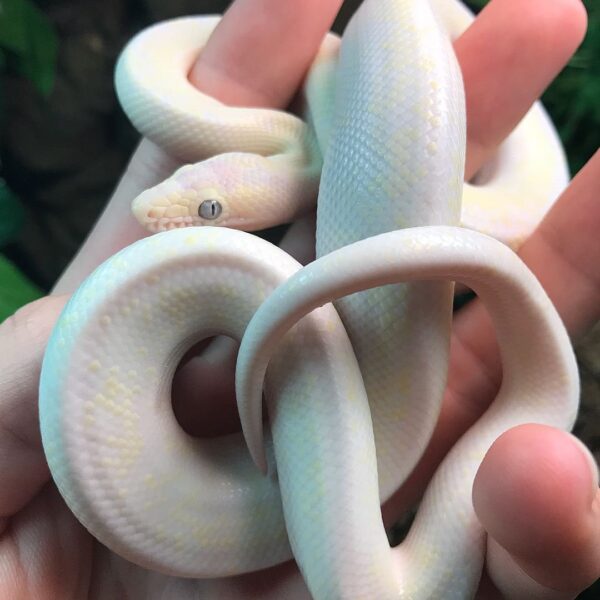
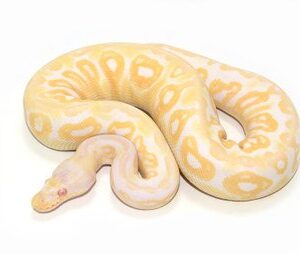


 No products in the cart.
No products in the cart. 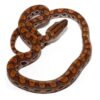
Reviews
There are no reviews yet.